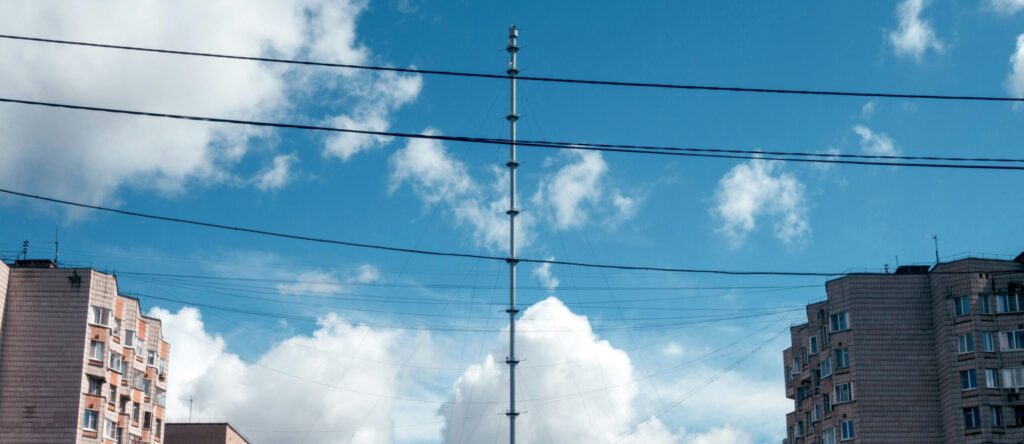It's healthy for scientists to debate evidence as well as logic. And despite people hissing “shut up” at climate skeptics, there’s lively argument about how much warming there’s even been, let alone why. If recent events fit a pattern of natural cycles going back millennia there’s no point devising elaborate human-GHG explanations of a non-existent temperature surge. And Rich Enthoven suggests that a surprising amount of the supposed recent rise is just an artefact of changing land use around measuring stations.
Enthoven starts by saying “NASA is reporting that the global temperature increased .31° C in the last 10 years and that this trend is different than the .31° C increase NASA reports for the 1930’s. But, a closer look at the data and methods used by NASA should make any reader skeptical of their results.” He notes a variety of problems with historical comparisons including thermometer technology changing from mercury to semiconductors. But what he really focuses on is land use.
For instance Dallas’s Love Field Airport reports a 2.9° F increase since 1940. But in that time it went from being a sleepy facility near a small city to a major urban facility with 200 flights a day. If you look at Centreville, Texas, which you never heard of unless you live there, it shows… a decrease. That’s right. Not a smaller increase. A drop of .3° F.
Oh but NASA and the other alarmists know all about that problem, you may say. And indeed there’s been an effort to deal with it, not least because skeptics who won’t be shushed keep bringing it up. The problem with real science, though, is that sometimes you get an answer you didn’t want and don’t like. And when scientists in various countries try to construct “pristine” monitoring stations “These locations do not show any meaningful change in reported land temperatures. The best data comes from the National Oceanic and Atmospheric Administration (NOAA) which set up 114 rural temperature monitoring stations in the US in 2002 (USCRN). When we look at these, we see no persistent increase in US temperatures. In fact, 2018 was .3°F colder than the first two years measured. February and March 2019 combined to be the coldest two-month period (temperature anomaly) ever recorded by the USCRN.”
Aaaaack. What? But Enthoven graphs rural temperatures from the Netherlands to China and shows that there’s no warming at all. And he shows something else, something especially disturbing. NASA’s Goddard Institute for Space Studies, James Hansen’s old roost, has put out charts of temperature in various places that shows both the “raw” and “adjusted” temperatures. And lo and behold, they’ve adjusted the past down to keep the chart tilting up. But what’s really bothersome is that the “raw” data is shown in such a faint purple that you can hardly see it. Almost as if they didn’t want you to.
Enthoven tackles other topics too, from satellite measurement disputes to sea level rise not accelerating to hurricanes not increasing to glaciers retreating faster a century ago than now to snow cover not shrinking. He concludes that “It is time for a much more open and fair reporting and debate about global temperatures and climate change.” And perhaps his findings are open to dispute like those he is disputing. But his charts show one thing beyond any doubt.
The science is not settled. Unsettling, perhaps. But not settled.



See also: http://www.surfacestations.org "The Surface Stations Project was started in June 2007 as an unfunded volunteer program set up by Anthony Watts of Intelliweather in cooperation with Dr. Roger Pielke, Sr., at the University of Colorado"
The project is a site/location review of US weather stations and the location impacts on the 'urban heat island effect' arising out of poorly located stations (eg. adjacent to buildings, near asphalt surfaces, land use changes in immediate vicinity of long situated stations, etc.)
This work is presented in a paper "An Area and Distance Weighted Analysis of the Impacts of Station Exposure on the US Historical Climatology Network Temperatures and Temperature Trends"